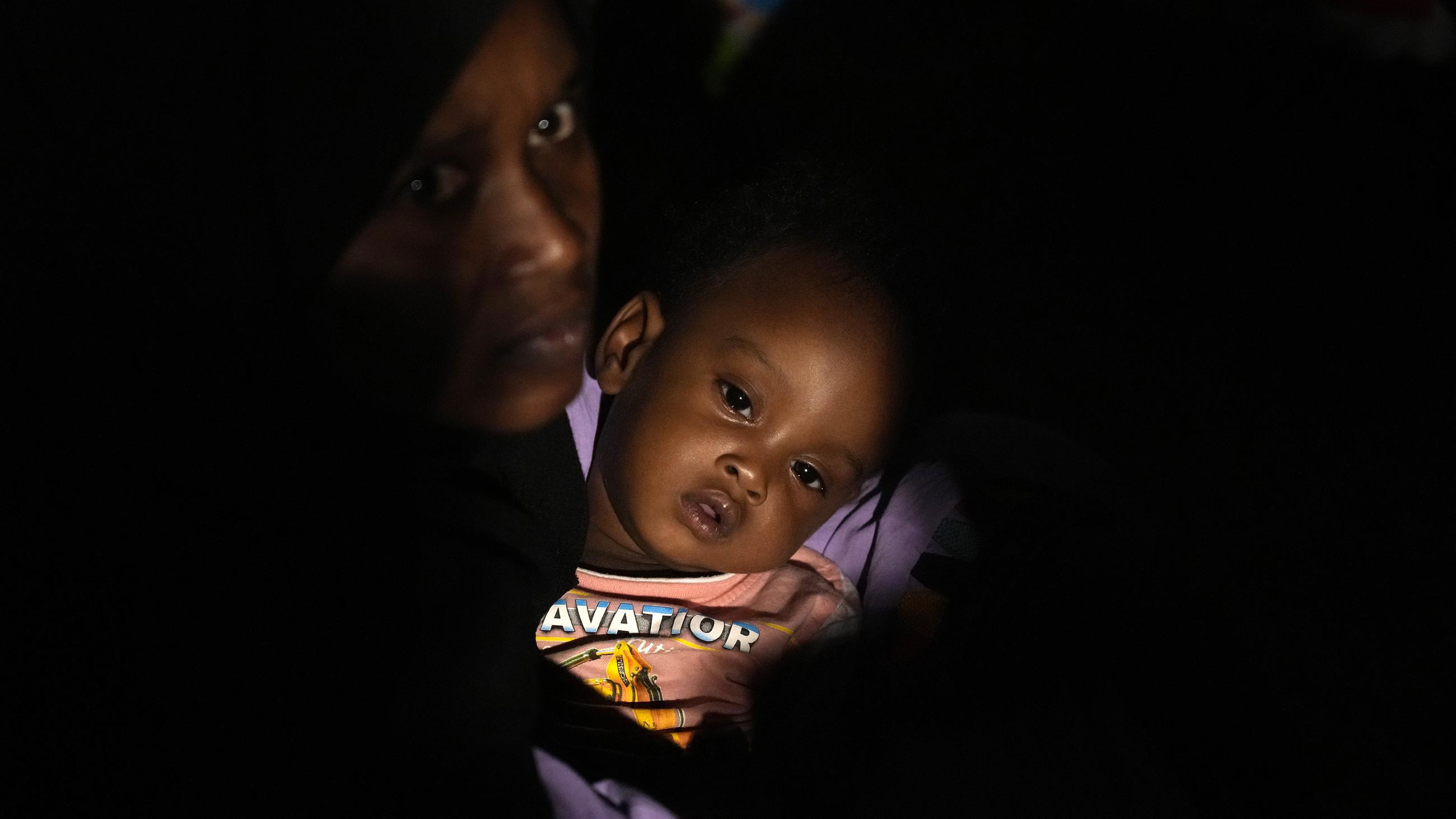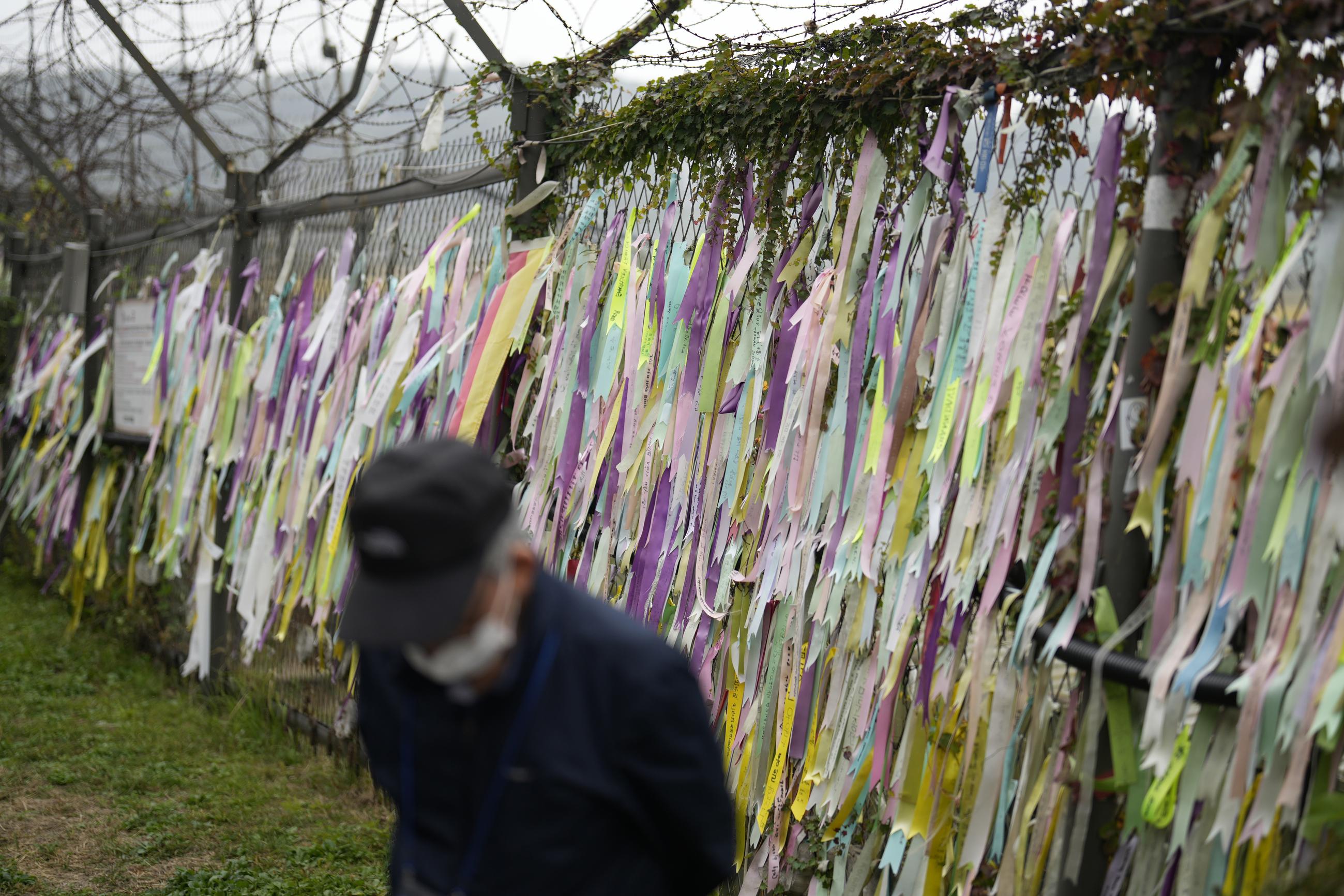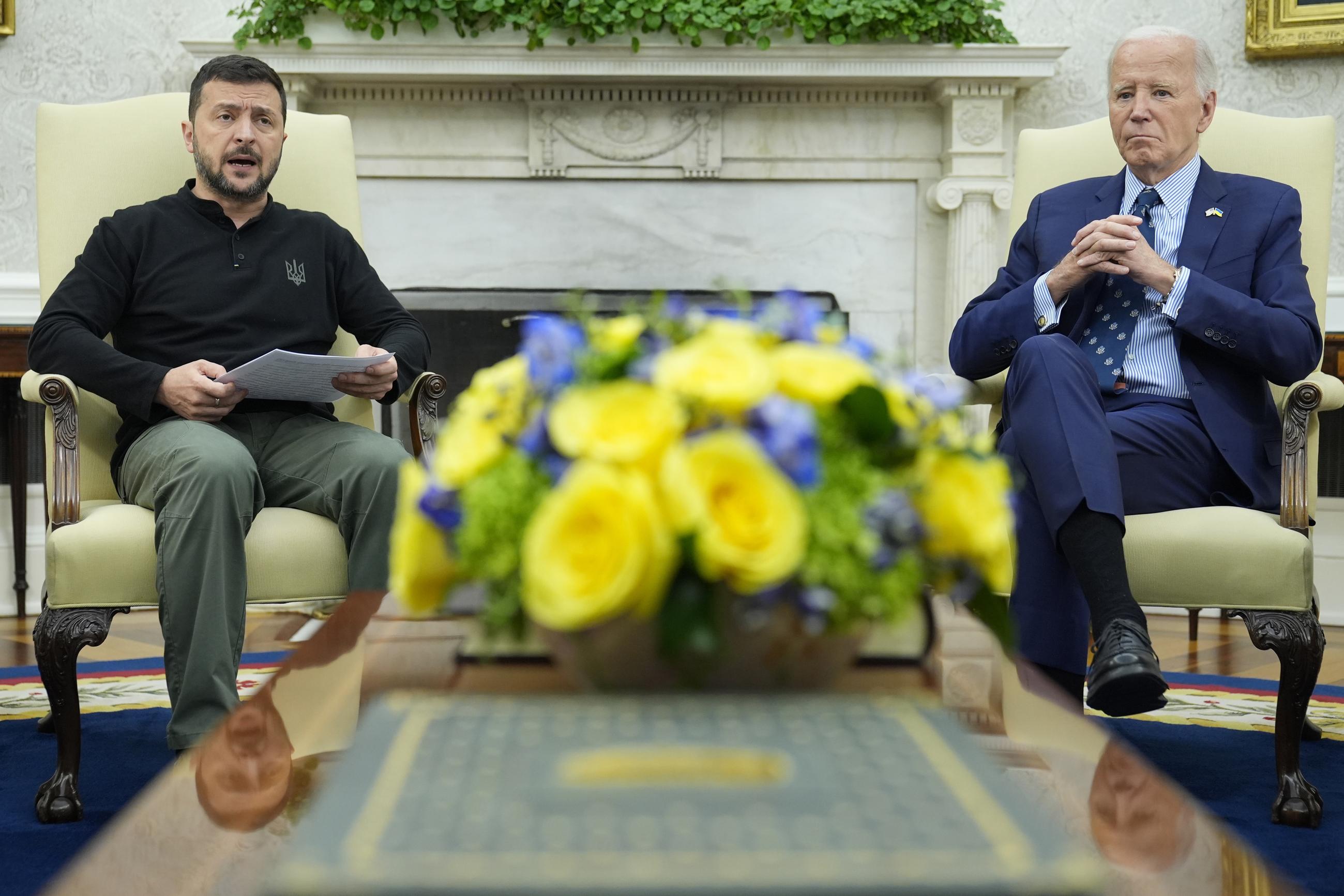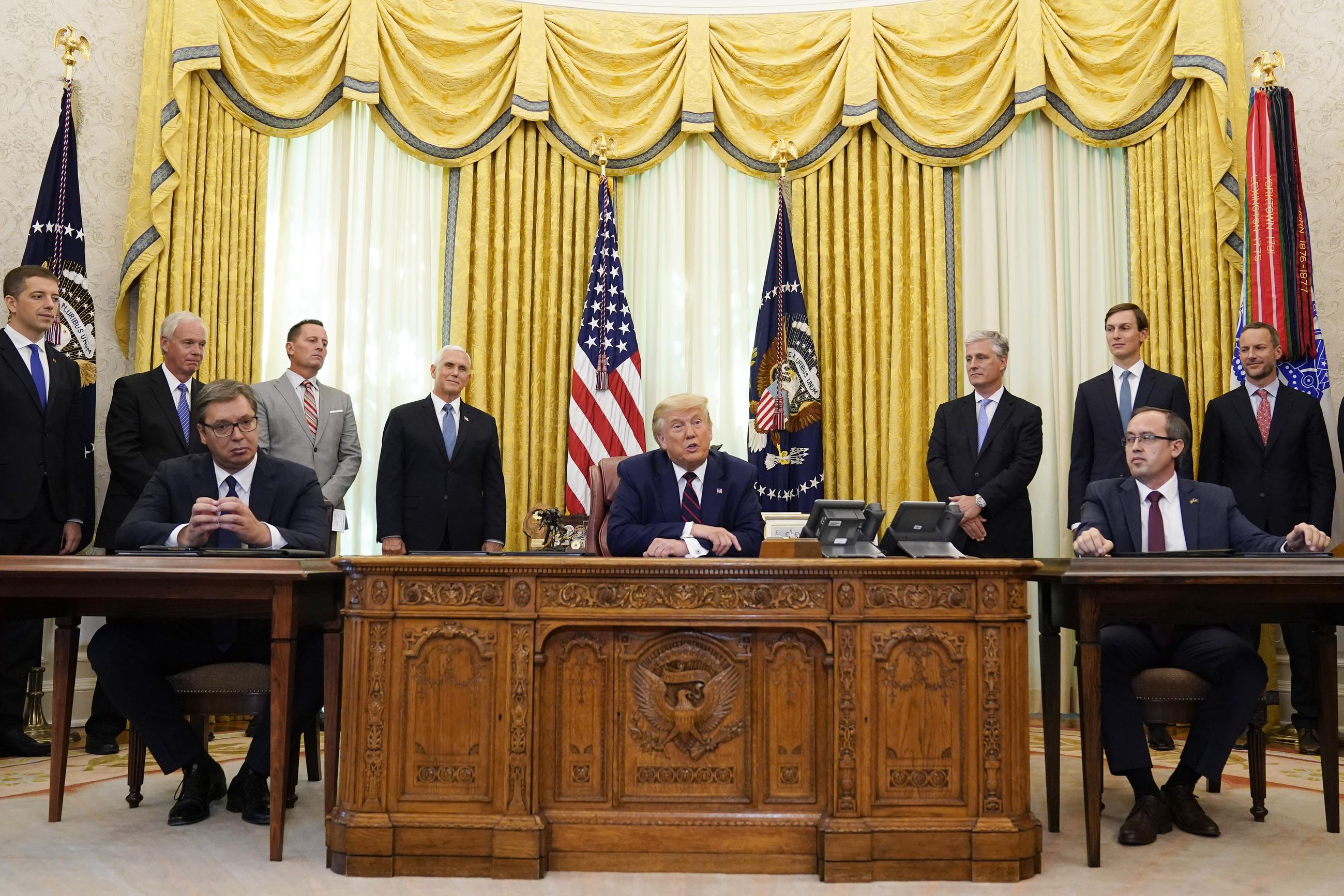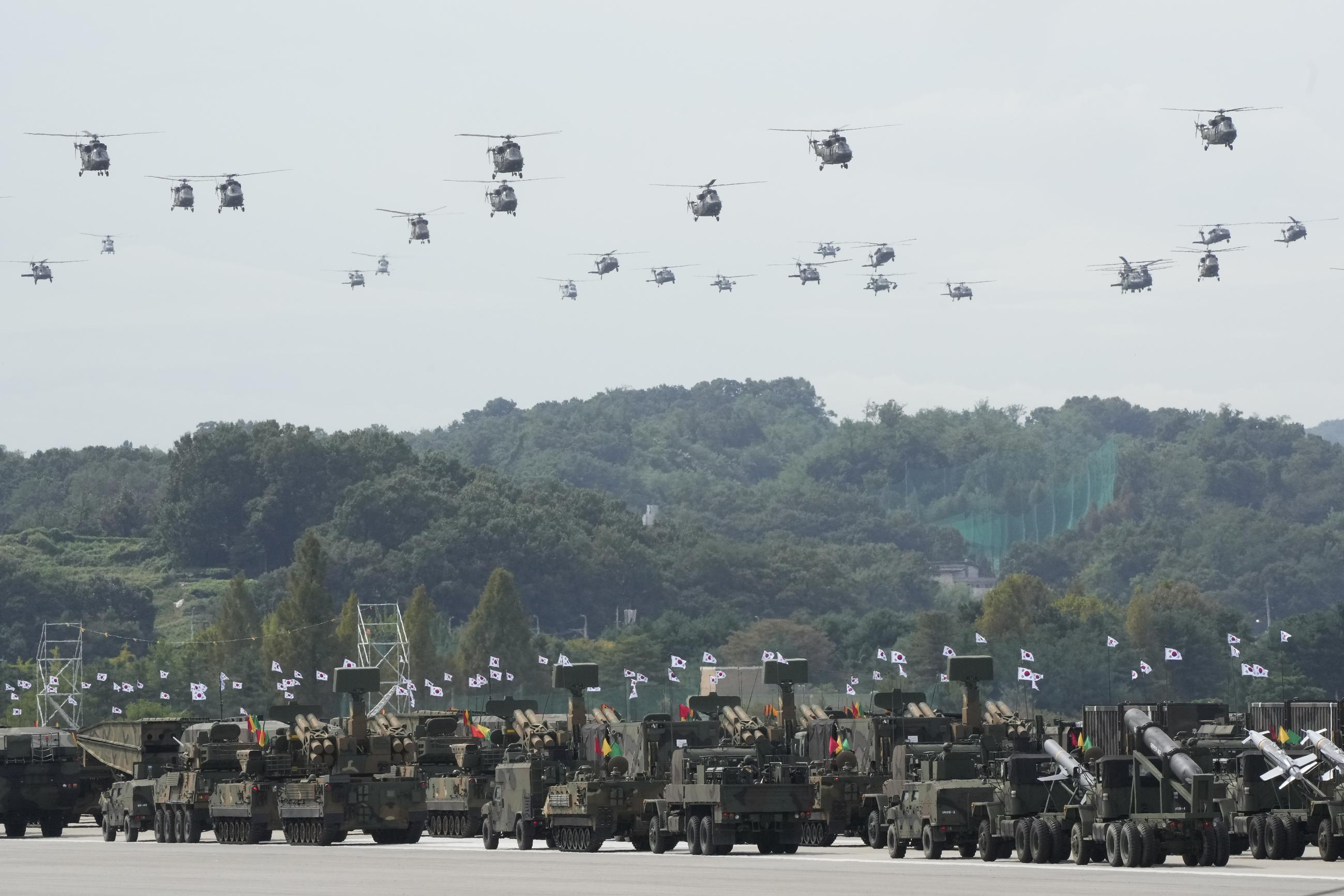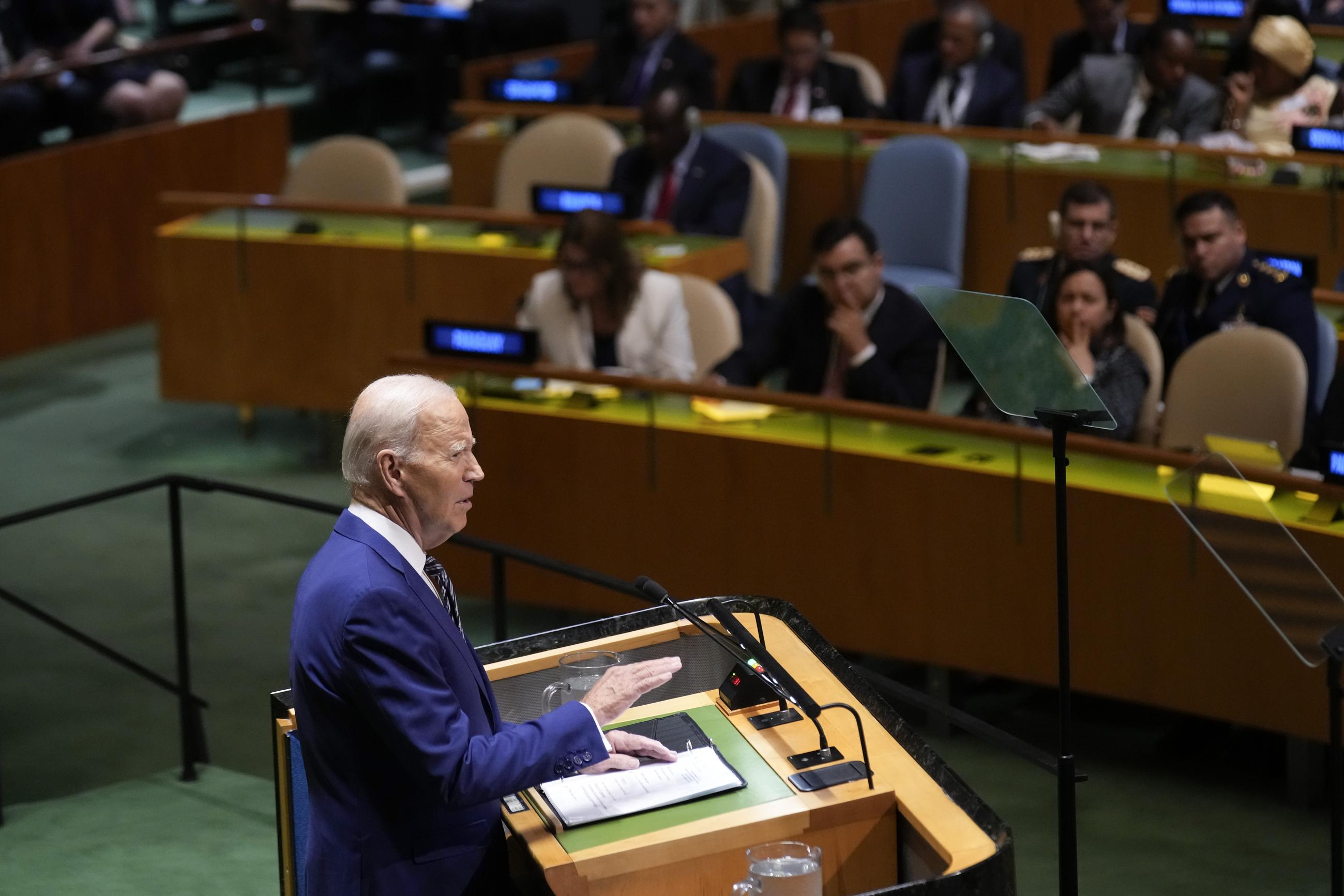After days of intense rain, a landslide wiped out an entire village in Sudan and killed more than 1,000 people on Sunday in one of the worst natural disasters in the country’s recent history. The event compounded the already dire humanitarian situation in a nation that much of the world appears to have forgotten.
President Trump has taken credit for ending multiple wars in the first months of his presidency. However, the deadly conflict in Sudan, where anti-government paramilitaries are receiving weaponry and other support from the United Arab Emirates, is receiving very little attention on the global stage, despite tens of millions of people suffering from food shortages.
“One of the biggest challenges that we have is just the general lack of attention on Sudan," said Leni Kinzli, the World Food Programme’s spokesperson in Sudan. "The world is focused on what is happening in Gaza, then Ukraine. And not having that concerted global attention, especially when it’s the world’s largest humanitarian crisis, largest hunger crisis, the place in the world that has the highest number of people in catastrophic levels of hunger—that lack of attention is not helping to address or respond to the needs. Even though there are other competing crises in the world, this is the one that people should be paying attention to because it has such far-reaching implications.”
Aid groups have tried to ramp up their support since the fighting began. But many are struggling due to the Trump administration’s decimation of the U.S. Agency for International Development and its decision to cut funding for the United Nations. Numerous community kitchens and health facilities in Sudan shut down after the funding from the U.S. dried up.
Civil war erupted in Sudan a little over two years ago when fighting broke out between the Sudanese army and the Rapid Support Forces, a paramilitary group that’s the successor of the Janjaweed militias that fought in the Darfur region in the 2000s. As a result of the fighting, nearly 25 million people are acutely food-insecure, and at least 12 million have been displaced.
Both sides of the conflict are using starvation as a weapon of war. Shortly after coming to office, the Trump administration determined that the RSF was committing genocide in Darfur. But with the world’s eyes focused on other major international disputes, observers say the international community isn’t doing enough to help the people of Sudan.
The most recent Integrated Food Security Phase Classification Assessment, or IPC—which rates levels of hunger on a scale of 1 to 5—was completed in Sudan in December of last year. That study showed nearly 25 million people suffering from acute malnutrition and increased death rates due to hunger. Approximately 8 million of those people were facing emergency levels of hunger, while at least 630,000 were in famine conditions. People were eating wild grass, leaves, or animal feed.
Since the most recent data are nearly nine months old, experts believe the number of people suffering from hunger is significantly higher than the latest official estimates. Sudan’s government has withdrawn from the IPC process, and there’s no way to know how many more people are now going hungry.
Kinzli estimates the World Food Programme, a United Nations agency dedicated to delivering food to starving populations, is currently able to assist only 4 million people per month in Sudan. That’s one out of every six people who need food assistance.
The food crisis is especially acute in regions where active fighting is ongoing. In particular, the city of el-Fasher, currently under the control of the Sudanese Armed Forces, is besieged by the RSF. The rebel group is attempting to starve out its military rival by preventing supplies from entering the city. Most experts estimate that el-Fasher is already experiencing famine.
UNICEF, a United Nations agency focusing on child welfare, called el-Fasher “an epicentre of child suffering.”
Meanwhile, delivering food is often a dangerous occupation. Fighters on both sides of the conflict have looted or obstructed food deliveries. Aid workers have died or been attacked while attempting to deliver assistance. In June, a World Food Programme convoy headed to el-Fasher was hit by a strike, and five United Nations workers died. In August, a similar strike destroyed three trucks in an aid convoy.
Those delivering assistance say they are in contact with all parties involved in the fighting to negotiate safe passage for employees delivering aid. But that doesn’t always mean they remain outside of the crossfire. RSF military leaders don’t always speak to one another, and the lack of command can put aid workers at risk.
Sudan is now split in the middle. The army controls much of the north, east, and center of the country, while the RSF dominates almost all of the Darfur region and parts of the south. In June, the Sudanese army retreated from the northwestern areas of the country, ceding control of the borders with Chad, Egypt, and Libya to the RSF.
Neither side is facilitating aid deliveries to areas under the control of the other. The government often refuses permits for aid groups attempting to deliver supplies to populations living in areas controlled by the RSF. One international aid worker, who asked to remain anonymous to speak freely, told National Journal that this obstruction will make it more difficult to deliver food assistance to the region of Darfur, where the landslide hit over the weekend.
Despite it being one of the world’s worst humanitarian crises, there have been far fewer high-profile efforts to end the war and less media attention than for Ukraine or Gaza. Still, the United States is involved in what’s known as the Aligned for Advancing Lifesaving and Peace in Sudan group, a consortium of mediators from the U.S., Egypt, Saudi Arabia, the United Arab Emirates, Switzerland, the African Union, and the United Nations.
In late August, the group called on the warring parties to lift all bureaucratic impediments preventing humanitarian activities and to maintain key supply routes open for humanitarian convoys and personnel, including through humanitarian pauses and other arrangements. Still, it’s unclear whether these statements have any impact on the ground.
A State Department spokesperson, speaking on background, said the ALPS group meets formally and informally regularly.
“The United States is providing life-saving aid, including food, medical care, and safe drinking water, to internally displaced persons, refugees, and others in dire need due to the conflict in Sudan,” the spokesperson said. “The United States remains focused on the resolution of the crisis in Sudan, communicating with the warring parties, and coordinating with our international partners to urge a durable end to the conflict.”



